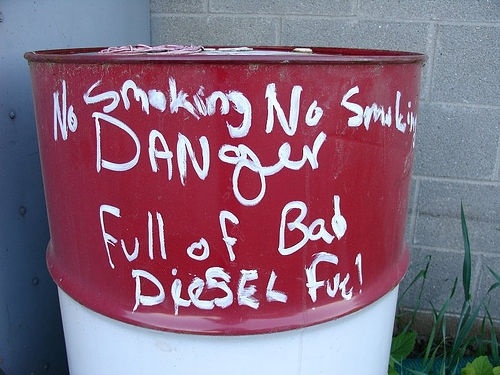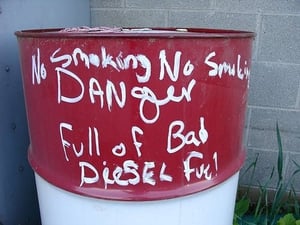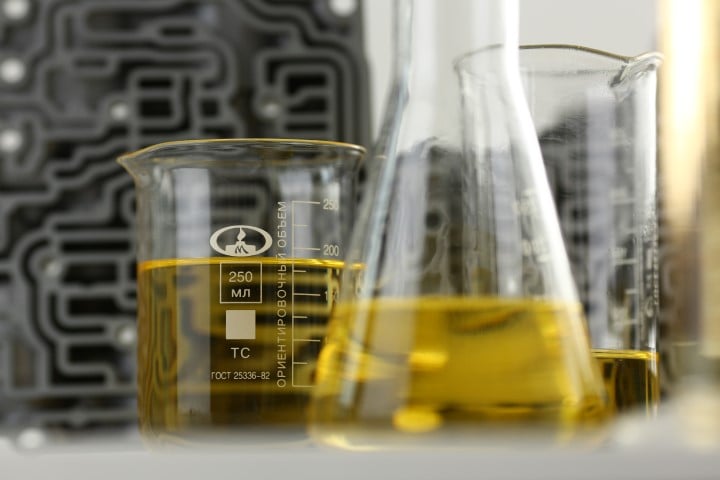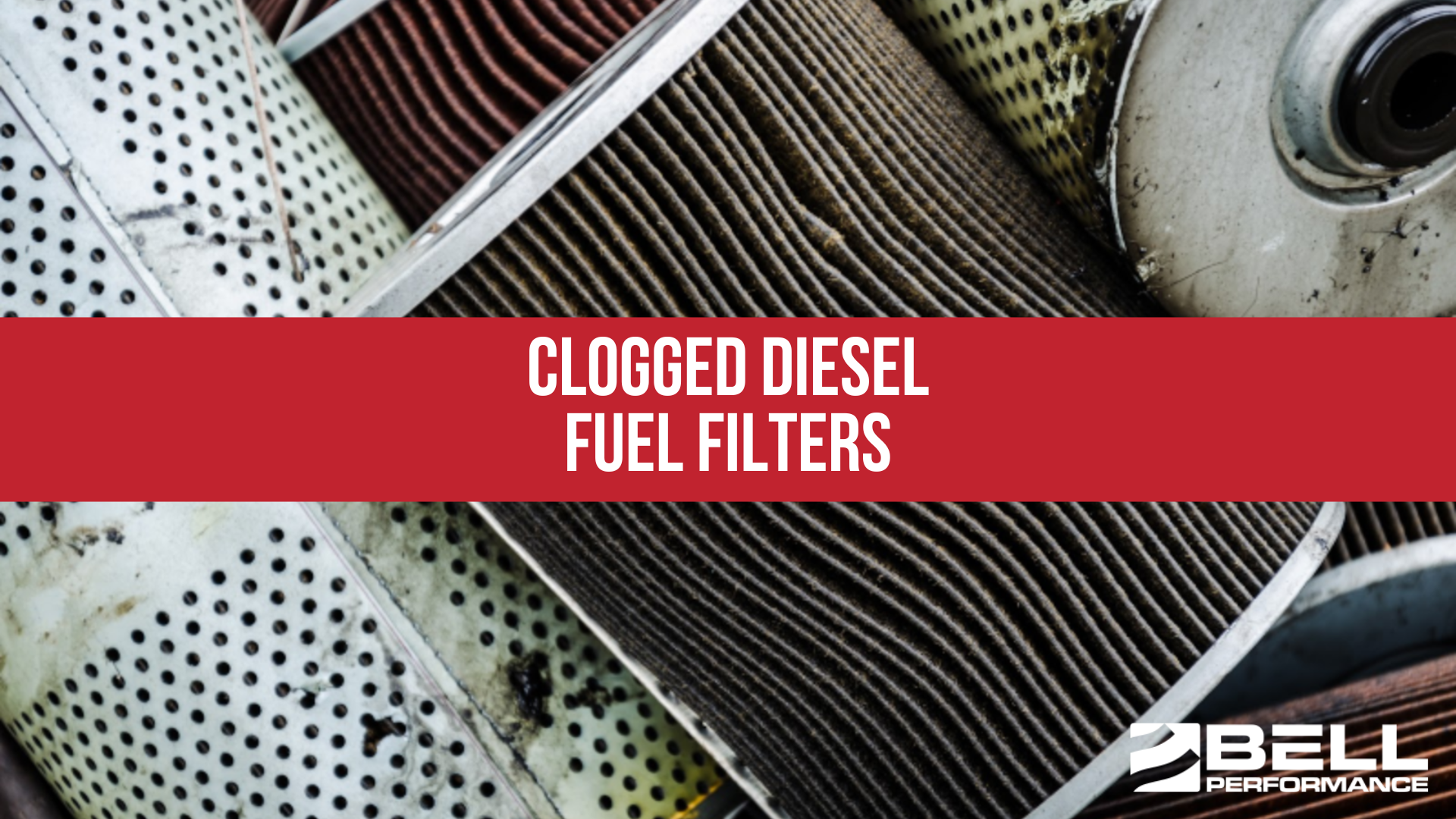Diesel Fuel Storage Guidelines: Critical Use Update For 2020
For hospitals and critical use facilities, care and husbandry of emergency stored fuel is a hotter topic than ever before. You can’t treat stored...
3 min read
Erik Bjornstad : Apr 2 2020

Given that today’s fuels have changed markedly over the last decade, the issue of fuel contamination (and what to do about it) is an essential one for hospitals, health care installations and other critical-use entities to have the right handle on. Those who have been around for a while can recognize pretty easily how the fuels of today are very different from before. Emergency fuels have problems a lot sooner than fuels of the past (like the diesel fuels from the 1960s that the US Army said should be able to get 2-5 years of stored life without any expectation of problems whatsoever). And those with fuels under their care who haven’t yet recognized how prone today’s fuels are to problems may be in for a very rude awakening in these turbulent times.

For hospitals, there are three areas of concern when it comes to contaminants in their emergency fuel – water, inorganic debris and organic contaminants like microbial products and the waste products of fuel deterioration. These are concerning because not only are today’s diesel fuels inherently more sensitive to these contaminants (i.e. less able to resist change in their properties), today’s modern diesel engines can’t really handle contaminants like they used to. The regulatory picture for hospitals has also become more demanding. And so, the seriousness of the fuel cleanliness issue is magnified.
Ultra-low sulfur diesel fuel was to be phased in starting in 2006 or 2007. But it’s only recently that all off-road diesel (like diesel for hospital generators) has to be ULSD as well.
What is it about ULSD that causes these problems? Removing the sulfur involves refinery processing that changed the fuel in fundamental ways. Yes most of the sulfur is gone, but so too are aromatic molecules that help the fuel resist microbial growth. Microbes don’t really like consuming aromatic components of fuel. If you take those out, you leave more of the components that microbes do like.
If you’re a hospital gearing up for a coming influx of critical patients, chances are your emergency generator systems are going to be relying on stored fuel that’s much more hospitable to bad actors (like microbes) than it ever was before.
Today’s ULSD fuels also attract water like never before, due mostly to increased paraffin levels and the blending of biodiesel. How much of a difference do we see in this regard? Older diesel fuels used to be able to hold up to 50 ppm of water in them as dissolved water. The extra processing and blending of biodiesel has raised this ceiling to closer to 275 ppm. And when the temperature changes, this formerly-dissolved water drops out of the fuel as free water, which creates a party for microbes.
The high-tech engines of today cannot tolerate fuel contaminants to any appreciable degree. If you look at fuel cleanliness requirements on the ISO level, there’s a 1000-fold difference in the requirements of diesel fuel pump manufacturers of today vs. yesterday. These systems are so sensitive to contaminants, particles smaller than 4 microns can be counted as potential wear contributors.
All of this speaks to the need for good fuel preventive maintenance (Fuel PM) practices including fuel filtration to keep stored fuel free from problem-causing contaminants.
All of this means hospitals and other critical use areas cannot ignore fuel contamination and expect to come away unscathed. Emergency fuel requires maintenance just as emergency systems require maintenance. Removing fuel contaminants (and preventing them as much as you can) is more of a requirement instead of an option.
As for what these should entail from a practical standpoint….it depends. We find there are three prongs to the solution of emergency stored fuel health that work together – chemical treatment, mechanical servicing and testing. Too many people try to concentrate on just one of those. But doing that isn’t going to prepare you properly. The best solutions involve all three because no single solution solves or addresses every problem.
If you had to pick which one is most overlooked, testing would be a good answer. This is unfortunate because testing is the only thing that can tell you if you’re properly prepared. Regulatory agencies like AHCA require health care facilities to do a certain amount of testing. Yet if you’re in compliance in that arena, does that mean you’re fully covered and prepared? Unfortunately, regulatory-mandated testing leaves out the critical area of microbial testing. This is to your detriment, since microbes in stored emergency fuel are the single biggest causes of fuel problems.
If you’re in the process of preparing to ramp things up and you need to make sure your backup systems are ready for critical use, you do not want to ignore this area.
Check out these related posts on stored diesel:

For hospitals and critical use facilities, care and husbandry of emergency stored fuel is a hotter topic than ever before. You can’t treat stored...

Clogged diesel fuel filters are one of those canary-in-the-coal-mine problems. Filters don't clog by themselves. On a simple level, if the fuel...
Hospitals, utilities, diesel fleets, emergency management, telecom/data centers, facilities with backup generators - all places that rely on critical...